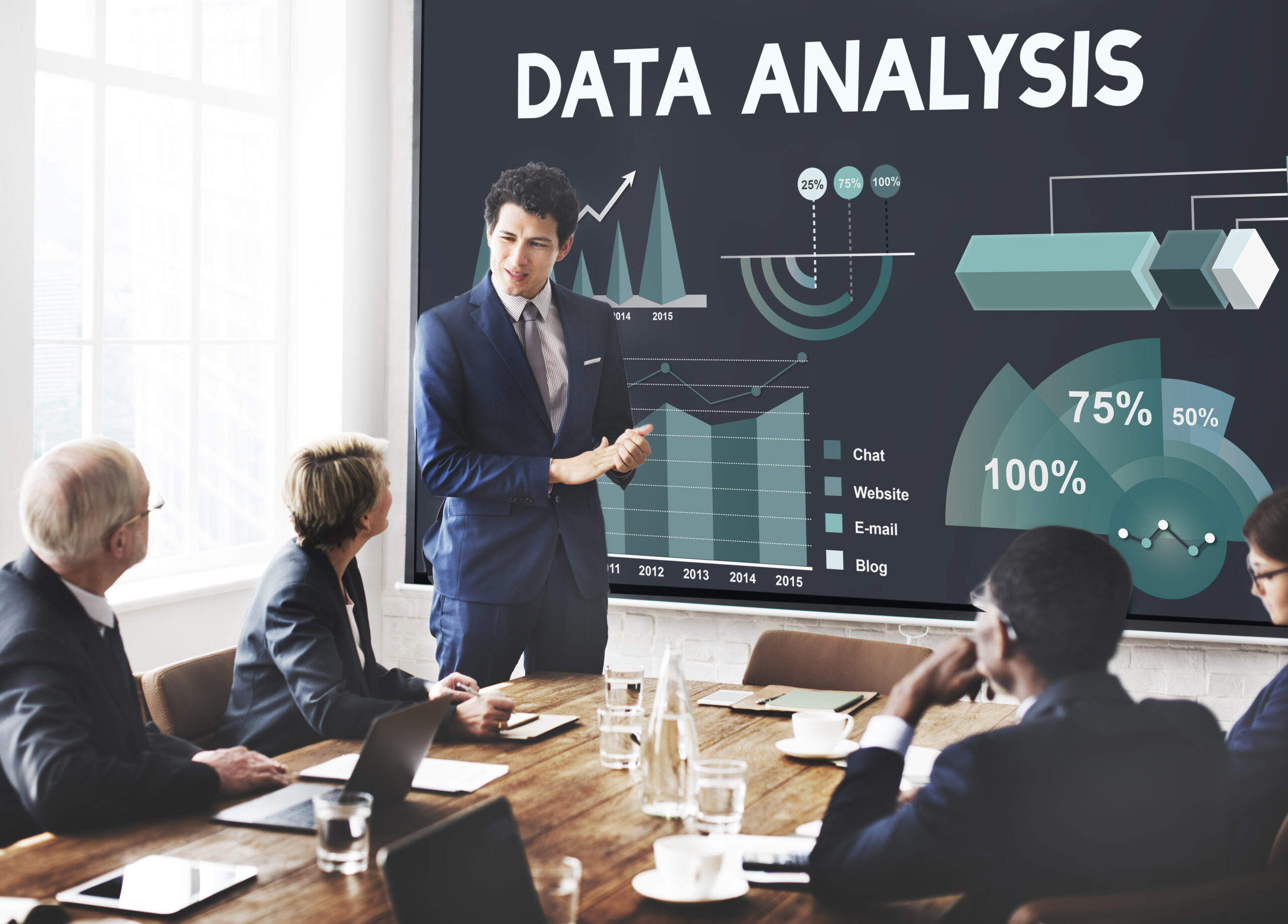In today’s data-driven world, businesses rely on advanced analytics tools to uncover insights, improve decision-making, and gain a competitive edge. With the rapid growth of big data, having the right tools for data analysis is crucial. However, choosing the right tool can be challenging, given the wide array of available platforms. This article will walk you through the top data analytics tools in 2024, comparing their features, strengths, and weaknesses to help you select the best one for your needs.

1. Tableau vs. Power BI
Tableau and Power BI are two of the most popular data visualization and analytics tools available today. Both platforms offer powerful features, but they cater to slightly different audiences and use cases.
Tableau: Best for Advanced Data Visualization
- Strengths:
Tableau is known for its superior data visualization capabilities and is preferred by users who need highly customizable and interactive dashboards. Its drag-and-drop interface makes it easy to create complex visualizations, making it a favorite for data analysts.Pros:- Excellent data visualization tools
- Integrates with multiple data sources
- Advanced analytics features (like heat maps and trend analysis)
- Expensive licensing model
- Steeper learning curve
Power BI: Best for Business Users
- Strengths:
Power BI, by Microsoft, is more affordable and integrates seamlessly with other Microsoft tools like Excel and Azure. It’s a great option for businesses looking for cost-effective, easy-to-use analytics tools for everyday reporting.Pros:- Affordable pricing, even for small businesses
- User-friendly for non-technical users
- Strong integration with Microsoft ecosystem
- Less flexible in advanced visualizations compared to Tableau
- Can be slower when handling large datasets
Verdict:
If you need advanced, customized visualizations and are willing to invest in a premium tool, Tableau is the better choice. If you’re looking for an affordable, user-friendly solution that integrates well with Microsoft products, Power BI is the way to go.
2. Google Analytics vs. Adobe Analytics
When it comes to web analytics, Google Analytics and Adobe Analytics dominate the market. Each platform serves different purposes depending on the scale and complexity of the analysis required.
Google Analytics: Best for Small to Medium-Sized Businesses
- Strengths:
Google Analytics is the go-to choice for small businesses due to its free version and easy integration with Google Ads and other Google services. It provides insightful reports on user behavior, website traffic, and marketing campaign performance.Pros:- Free version available
- Easy integration with Google Ads and other marketing platforms
- Intuitive interface
- Limited customization in reports
- Can become overwhelming for large datasets
Adobe Analytics: Best for Enterprise-Level Data Analysis
- Strengths:
Adobe Analytics is a more robust solution for large enterprises, offering in-depth insights into customer journeys and more advanced segmentation. It also allows for the integration of multiple data sources, making it a powerful tool for large-scale operations.Pros:- Advanced segmentation and tracking
- Flexible and customizable reports
- Great for omnichannel marketing
- High cost
- Complex to set up and manage
Verdict:
For small to medium-sized businesses or those just starting with web analytics, Google Analytics is the best choice. For enterprises needing detailed customer journey analysis and high-level data customization, Adobe Analytics is more suitable.
3. R vs. Python for Data Analytics
Both R and Python are widely used programming languages in the data analytics world, each with its own set of strengths. The choice between them largely depends on the type of data analysis you plan to perform.
R: Best for Statistical Analysis
- Strengths:
R is designed specifically for statistical analysis and is highly popular among statisticians and data scientists. It has numerous packages for performing complex statistical models and visualizations.Pros:- Excellent for statistical computations and analysis
- Rich ecosystem of libraries like ggplot2 and dplyr
- Active community support
- Steeper learning curve for beginners
- Less flexible for general-purpose programming
Python: Best for Versatility in Data Analytics
- Strengths:
Python is a general-purpose programming language widely used in data science and machine learning. Its ease of use and versatility make it suitable for everything from simple data analysis to building complex machine learning models.Pros:- Versatile and easy to learn
- Rich libraries for data analysis (Pandas, NumPy) and machine learning (Scikit-learn, TensorFlow)
- Great for automation and large-scale data analysis
- Not as strong in specialized statistical analysis as R
- Visualizations are more basic compared to R’s ggplot2
Verdict:
For in-depth statistical analysis, R is the better choice. For versatility and broader data science applications, including machine learning and automation, Python takes the lead.
4. SAS vs. SPSS
When it comes to advanced statistical analysis, SAS and SPSS are two of the most commonly used tools, especially in academic research and business analytics.
SAS: Best for Large-Scale Enterprise Use
- Strengths:
SAS (Statistical Analysis System) is a powerful tool used primarily by large enterprises and institutions. It is known for its robustness and ability to handle large datasets, making it suitable for big data applications.Pros:- Highly scalable for large datasets
- Strong support for statistical analysis
- Trusted by large enterprises for over 30 years
- Expensive licensing
- Limited graphical capabilities compared to other tools
SPSS: Best for Academic and Social Science Research
- Strengths:
SPSS (Statistical Package for the Social Sciences) is widely used in academia and social sciences for its ease of use and powerful statistical capabilities. It’s also ideal for small to medium-sized businesses that need quick insights from their data.Pros:- User-friendly interface for non-technical users
- Strong support for survey and market research data
- Offers both point-and-click functionality and coding options
- Limited to statistical analysis
- Slower performance with large datasets
Verdict:
For large-scale enterprise analytics, SAS is the preferred tool. For academic and market research purposes, or for businesses looking for an easy-to-use statistical tool, SPSS is a better fit.
Conclusion
Choosing the right data analytics tool depends on the scale of your operations, the complexity of your data, and your specific needs. Whether you’re looking for advanced statistical analysis, data visualization, or business intelligence, the tools discussed above—Tableau, Power BI, Google Analytics, Adobe Analytics, R, Python, SAS, and SPSS—each have their unique strengths.
For large enterprises with complex data, platforms like Adobe Analytics and SAS are ideal. Small to medium businesses can benefit from more accessible tools like Power BI or Google Analytics, while data science enthusiasts can delve into R or Python for more specialized analysis.



